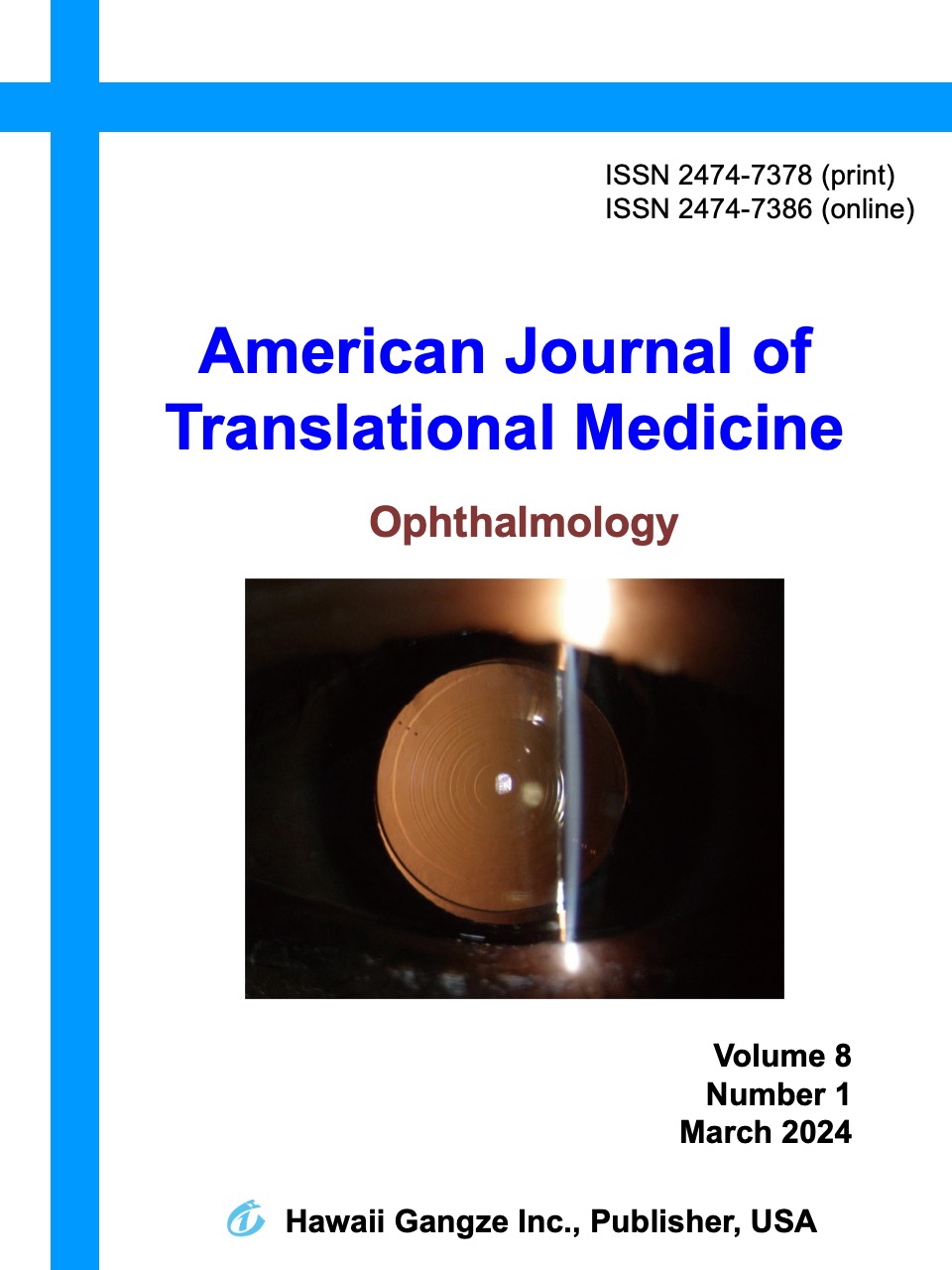Abstract
PURPOSE: Mucopolysaccharidosis type II (MPS II), also known as Hunter disease, is caused by a deficiency of the enzyme iduronate-2-sulfatase, resulting in the abnormal accumulation of mucopolysaccharides. The typical appearance of Hunter disease includes coarse facies with an enlarged tongue and a prominent forehead. Cardiovascular, respiratory, and gastrointestinal system abnormalities have also been reported. This article aimed to describe the eye-associated complications of MPS II, especially optic neuropathy, and further emphasize the importance of vision restoration via regular clinical examinations.
DESIGN: Case report and literature review
METHODS: A case of optic neuropathy associated with MPS II was reported. Previous reports on MPS II-associated eye complications were reviewed.
RESULTS: A 15-year-old boy with MPS II presented in the clinic with bilateral, gradually decreasing visual acuity (VA) for 1 year. Ocular findings of MPS II included a slight haze in the posterior corneal stroma, narrowed caliber of the retinal vessels, signs of central choroidal sclerosis, and the disappearance of flash visual evoked potential (F-VEP) in both eyes, although pattern VEP (P-VEP) could not be detected. Optic atrophy, papilledema, and scotoma were also found. Nearly 20% of MPS II patients have various mucopolysaccharidoses but rarely present with or develop optic atrophy.
CONCLUSION: Hunter disease is a rare lysosomal enzyme deficiency disease. Children with Hunter disease are normal at birth; symptoms manifest between the ages of 2 and 10 years. Recent, advanced treatments for MPS II, such as enzyme replacement and bone marrow and stem cell transplantation, improve survival and well-being in MPS II patients. It is important to prevent optic neuropathy via regular clinical examinations during the lifespans of such patients.

